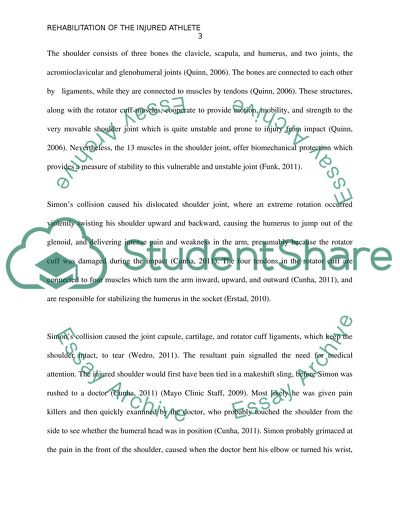Cite this document
(“Rehabilitation of the Injured Athlete Essay Example | Topics and Well Written Essays - 2000 words”, n.d.)
Retrieved from https://studentshare.org/environmental-studies/1418181-rehabilitation-of-the-injured-athlete
Retrieved from https://studentshare.org/environmental-studies/1418181-rehabilitation-of-the-injured-athlete
(Rehabilitation of the Injured Athlete Essay Example | Topics and Well Written Essays - 2000 Words)
https://studentshare.org/environmental-studies/1418181-rehabilitation-of-the-injured-athlete.
https://studentshare.org/environmental-studies/1418181-rehabilitation-of-the-injured-athlete.
“Rehabilitation of the Injured Athlete Essay Example | Topics and Well Written Essays - 2000 Words”, n.d. https://studentshare.org/environmental-studies/1418181-rehabilitation-of-the-injured-athlete.


